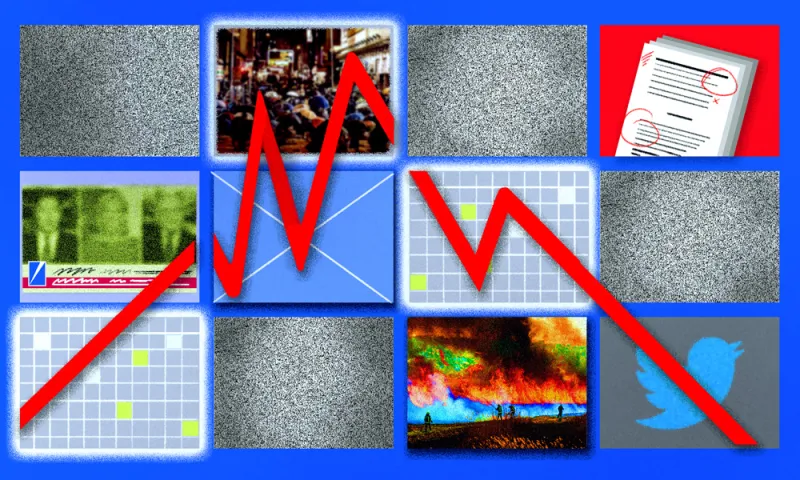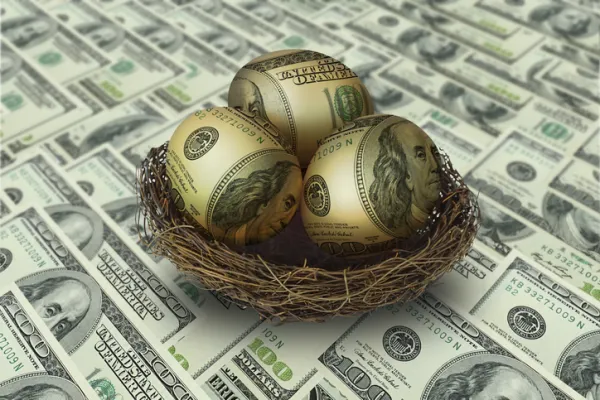The rise of fake news has plagued the U.S. for years, prompting researchers to measure its damage to markets.
University of Baltimore business professor Roberto Cavazos and CHEQ, an artificial intelligence-driven cybersecurity company, said in a research report Monday that fake news has cost the stock market $39 billion annually. They found as much as 0.05 percent of the market’s value is at risk for losses due to fake news.
“This is the lower bound, the conservative simulation on all the past reported effects of stock market fluctuations,” Cavazos said by phone Monday. He explained that he used a Monte Carlo simulation, or an algorithm that uses randomness to calculate outcomes, to estimate the effect that fake news had on the market.
The researchers define fake news as the deliberate creation and sharing of false or manipulated information to harm others for personal, political, or financial gain. While “hoaxes, frauds and fake news for decades” aren't new to markets, the report said advances in technology and wide access to web-based information have heightened their risk to investors.
Take, for instance, the fake letter from BlackRock chief executive officer Larry Fink that was circulated earlier this year. The letter, pushed to reporters in January, led to “fluctuations worth hundreds of millions of dollars” in the asset manager's share price, according to their research.
[II Deep Dive: The Fake Larry Fink Letter That Duped Reporters]
Cavazos and CHEQ also pointed to a mistaken ABC news report in December 2017 that said former National Security Adviser Michael Flynn would testify that President Donald Trump instructed him to contact Russian officials during the 2016 election campaign. That would have "opened the door to impeachment and a crisis of government," the researchers said.
Following the publication of that erroneous report, the S&P 500 dropped by 38 points within 30 minutes, translating to a $341 billion loss, according to their report. Once the news was retracted, the loss shrank to $51 billion, Cavazos and CHEQ found.
Next year, the researchers estimate that at least $200 million in U.S. presidential election spending will go toward fake news.
A piece of false information about a candidate can move stock prices, said Cavazos, raising concern that the rise of fake news could prove much more damaging to markets than seen in the past. “I think we just scratched the surface,” he said.







